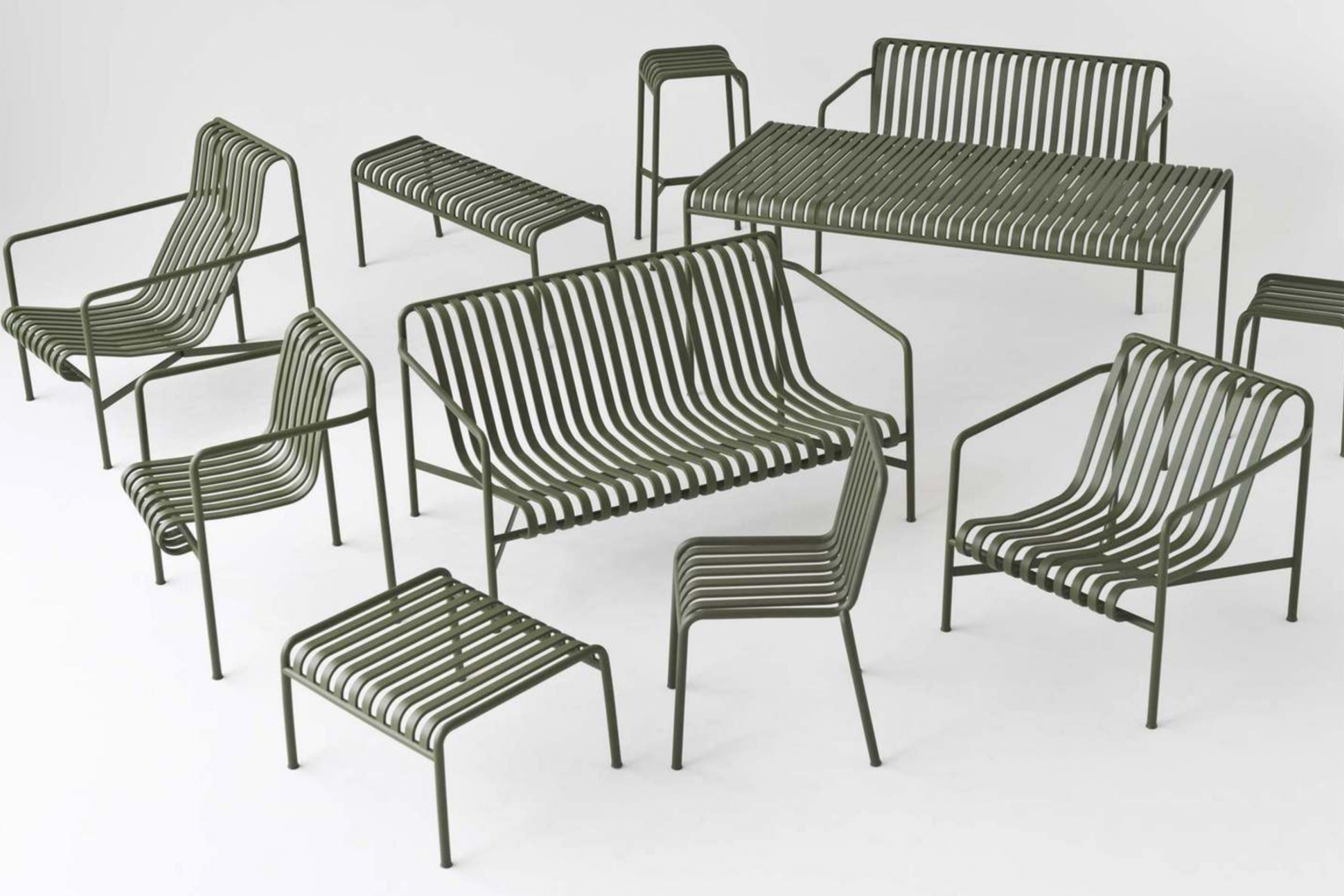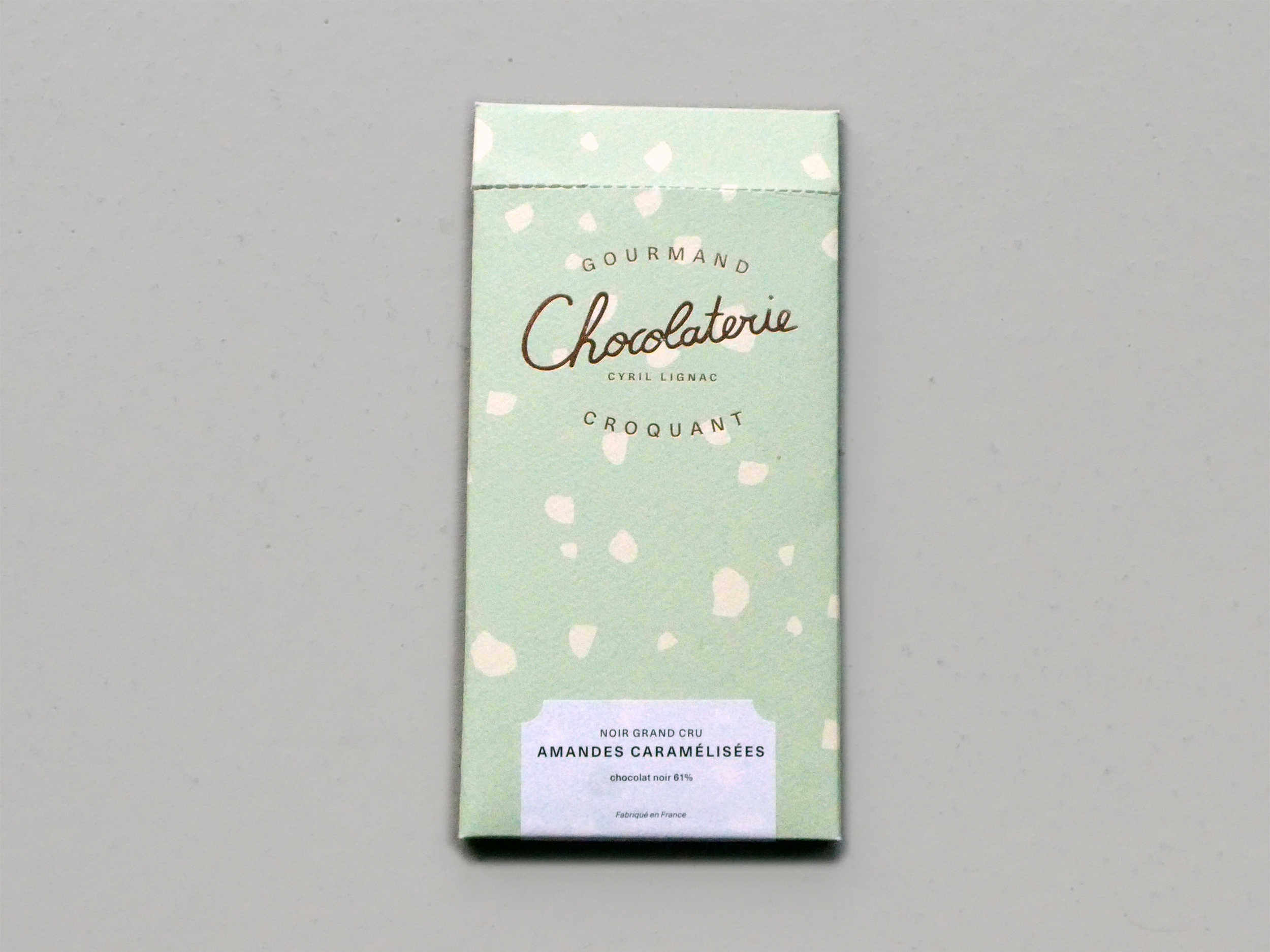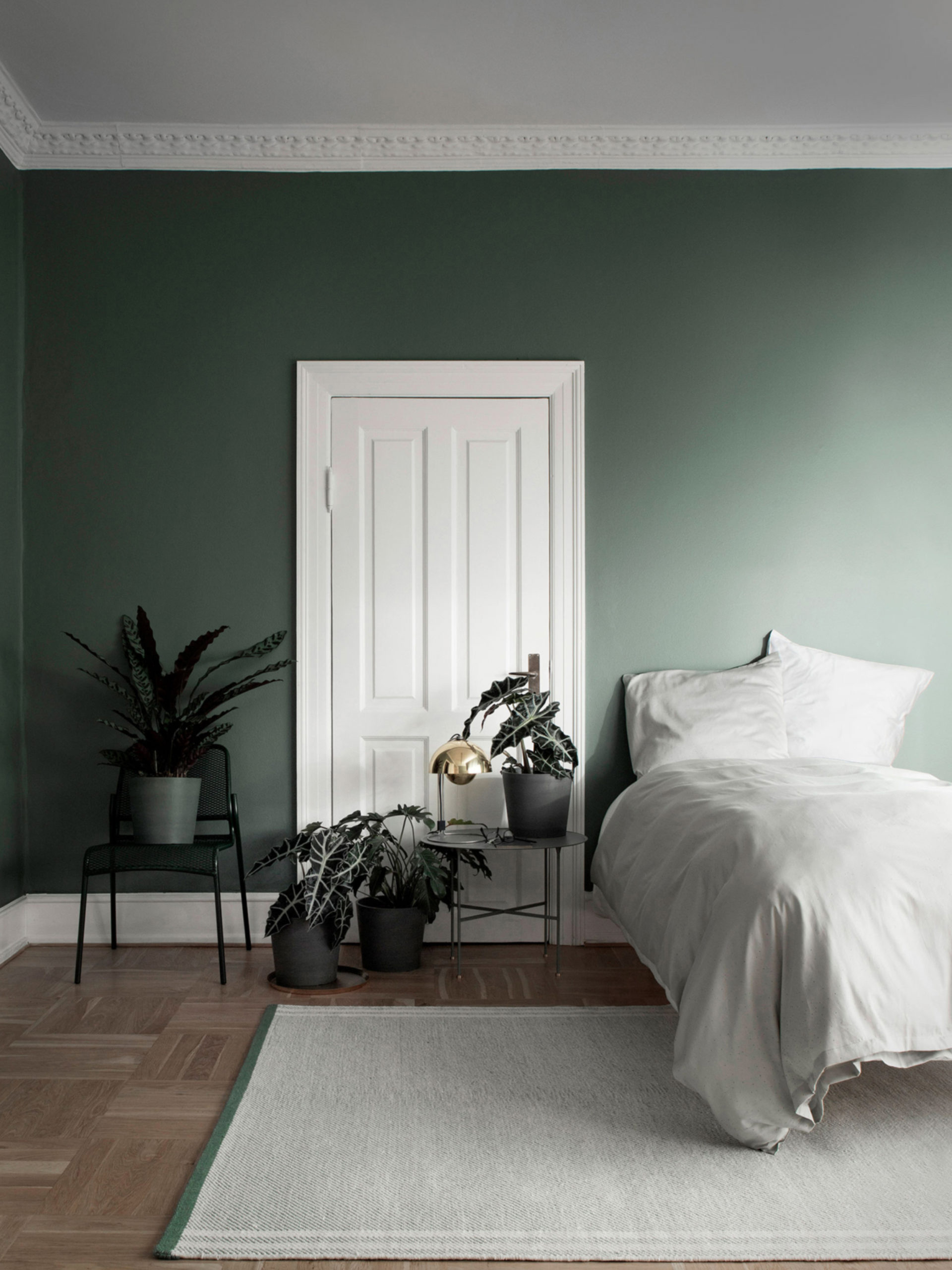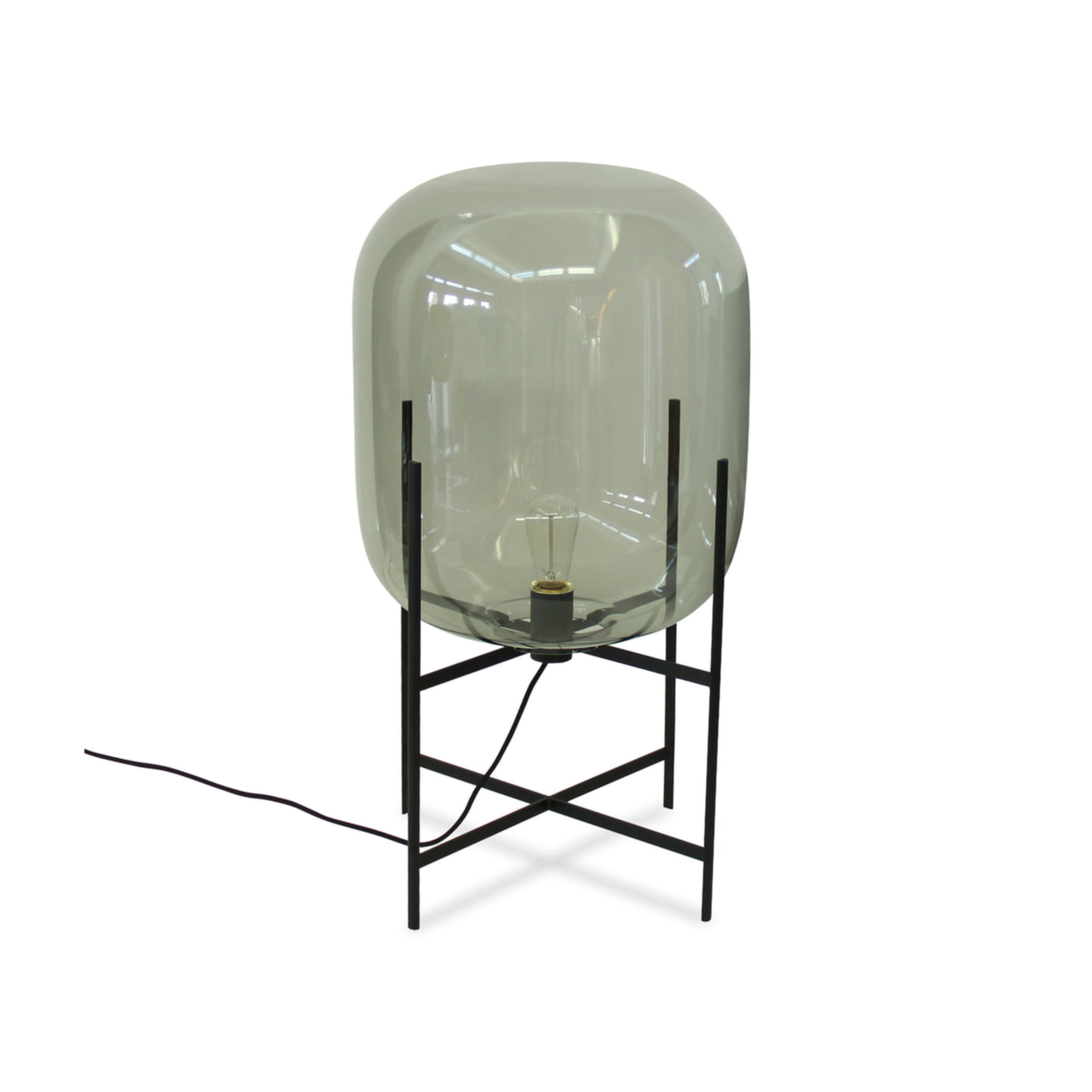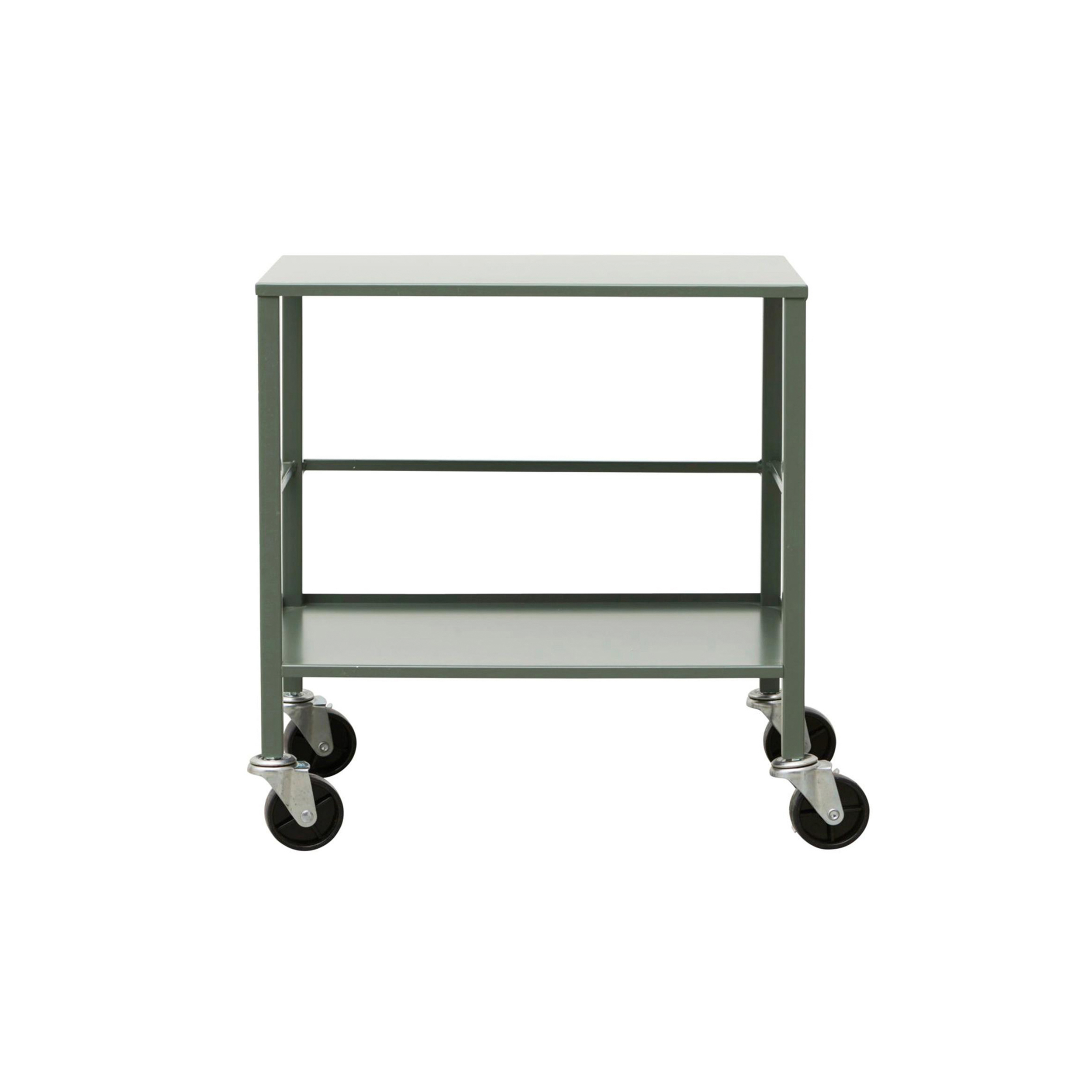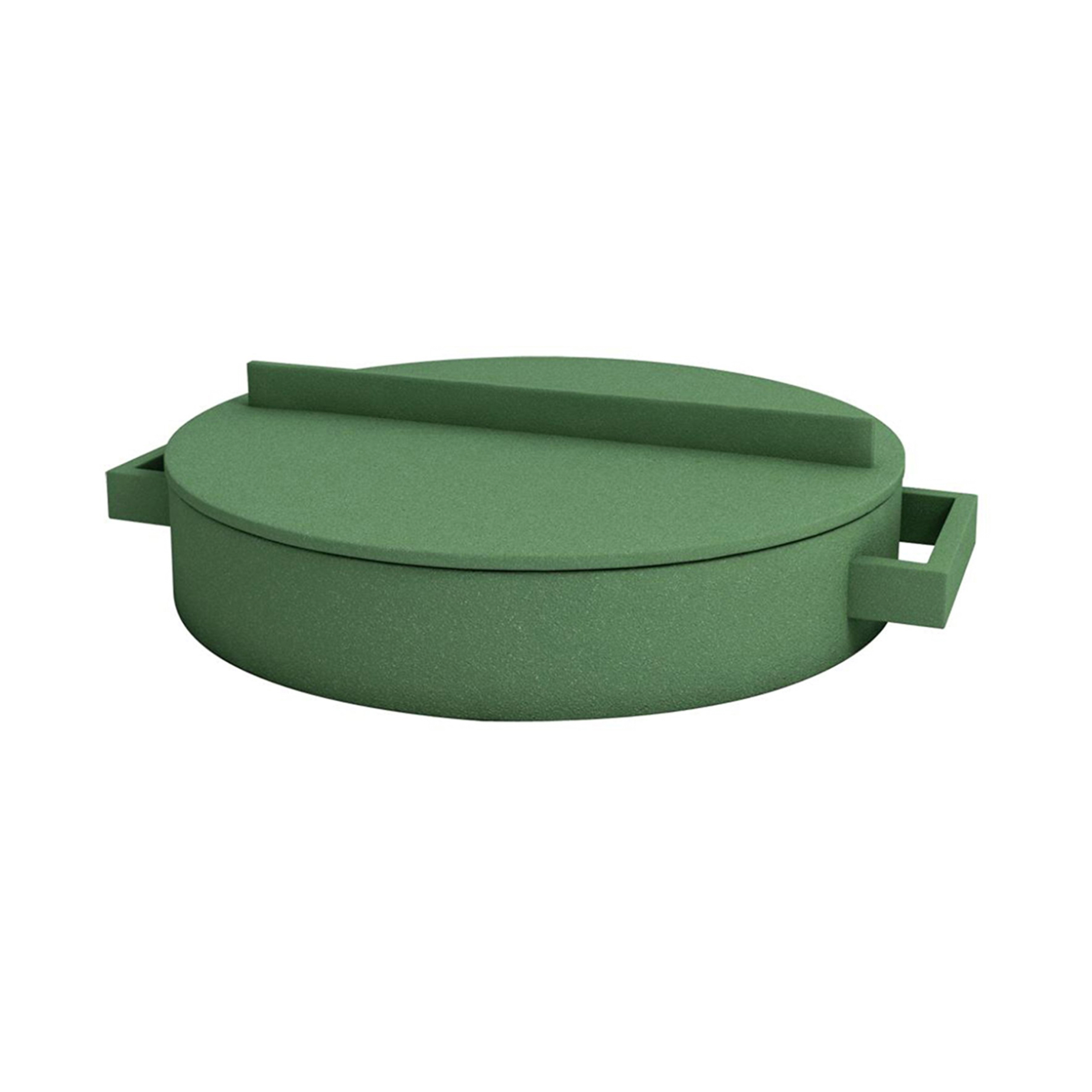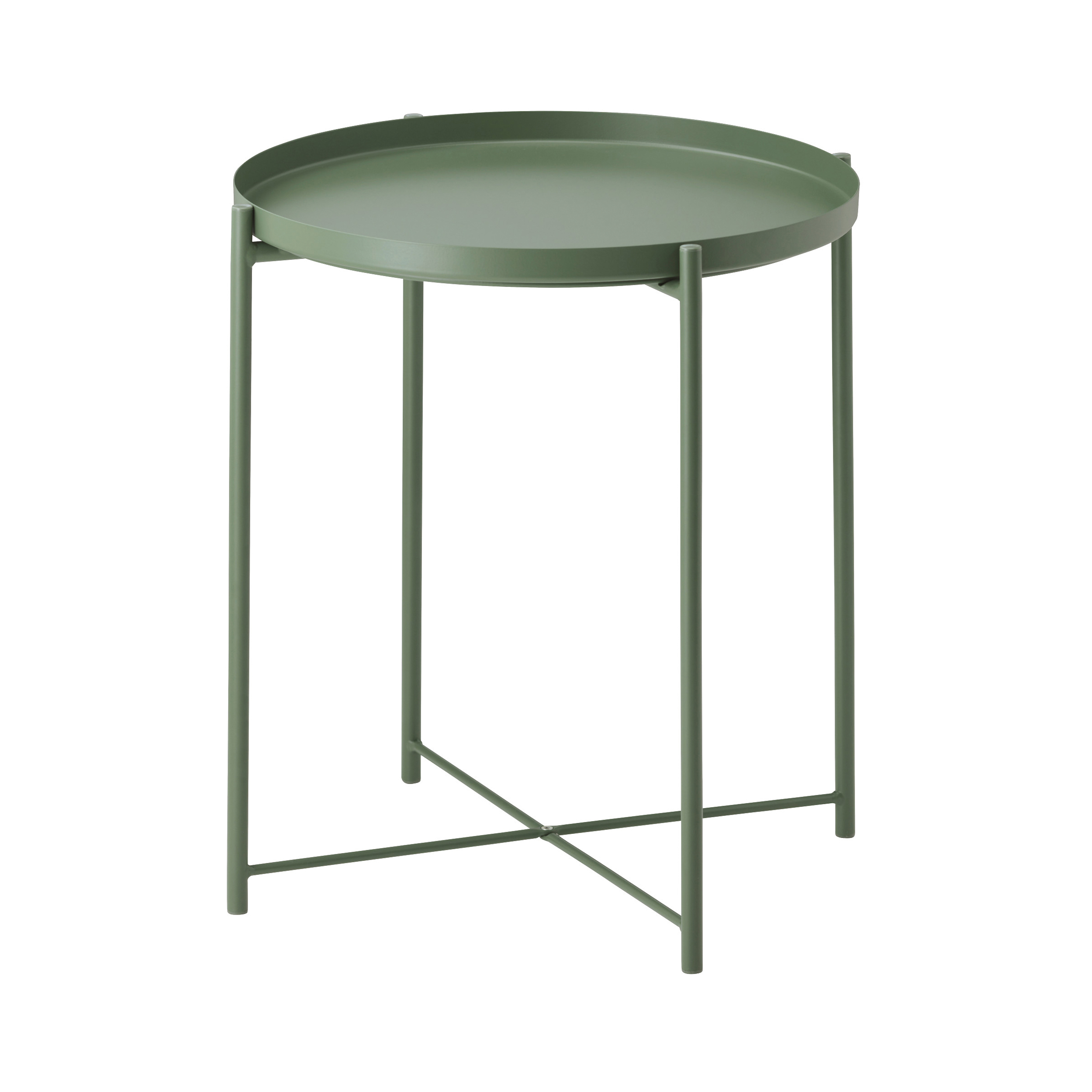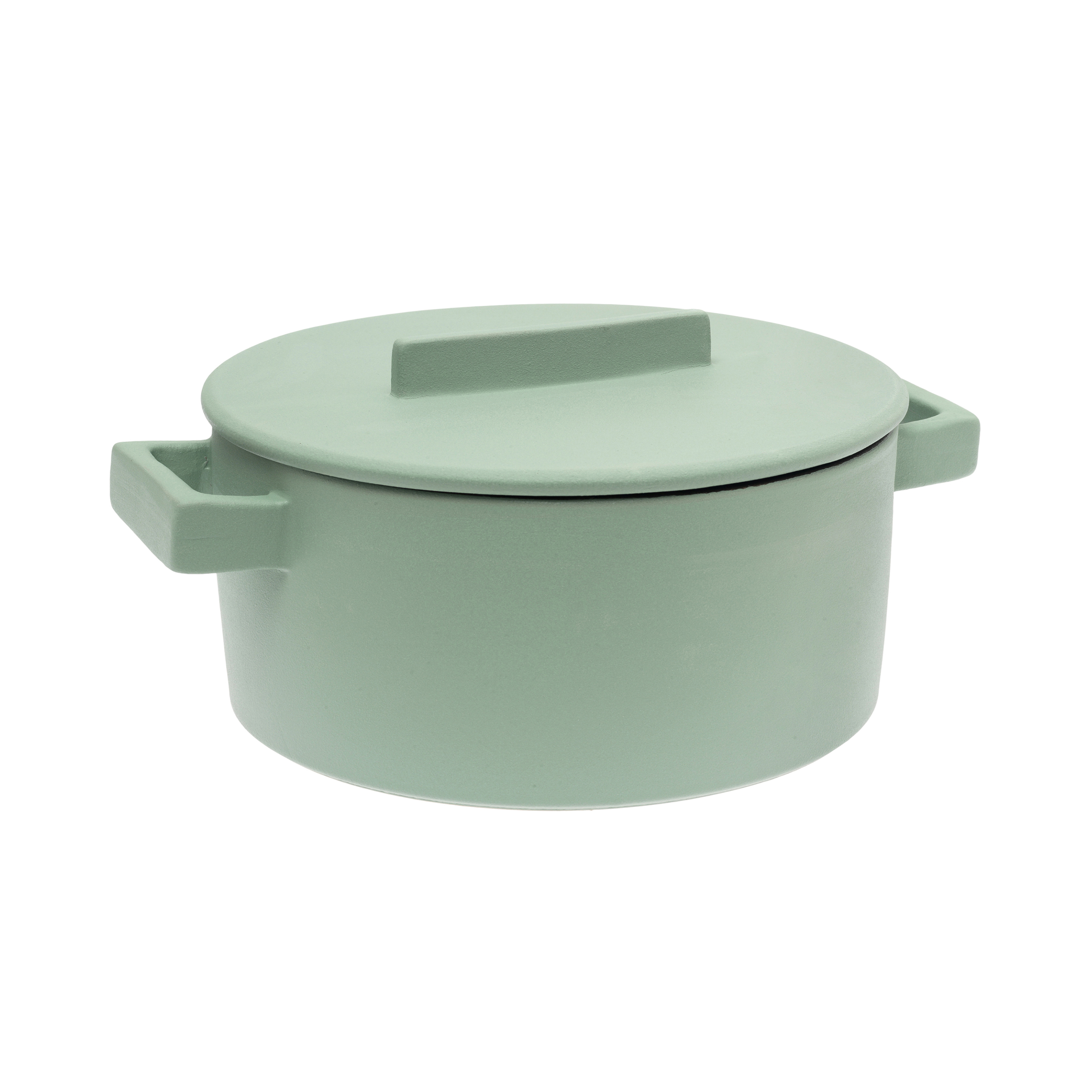Green is the new grey
Joan Billing and Samuel Eberli • 09.03.2018
While white dominated the noughties, this was followed by grey during the next decade. Now this is being replaced by green. Wherever you look; everything is green. We eat green food, sit on green seats and surround ourselves us with green-tinted rooms with green plants. It seems that we are completely besotted with the colour, even packaging is green. The «slow design» trend introduced green into our lives and the star of the new colours is sage green. Time to see what’s behind this colour trend.
«Design culture» – or the new way of slowing down
We become aware of social changes most easily and quickly through design. Every decade has its typical features, which express themselves in preferred colours, shapes, materials or objects and therefore mirror social development. This collective vocabulary gives us a large, subconscious repertoire and knowledge of which colours, shapes, materials but also which food, which fashion or which design belong to which decade. In the noughties the iPod with its white earphone cables was the symbol of a new generation and white dominated. As small as possible, reduced, modern, monochrome and spherical, almost clinical: Whatever was reflected in white rooms and on shiny surfaces was trendy. For a long time «globalisation and digitalisation» were longed for and the gold standard in our society. The age of minimalism characterised the noughties and Apple conquered the world.
Grey – the diplomat of colours
Then there was a re-think in the 2010s. Not «faster is better» or trying to emulate one’s youth were in the foreground, but growing up. This triggered the fascination for age. We started to go grey and this was how grey hair came to be a trend. The young trainee generation used this hair colour to make a self-confident statement, through which it wanted to be taken seriously and establish itself as full of wisdom. The US fashion blogger Tavi Gevinson was one of the first to launch this «granny hair» look and dye her hair silver grey at the age of 14. Music stars such as Rihanna and Lady Gaga followed suit and soon young women had grey hair. Although opinions differed about this trend, it nevertheless became a strong symbol of this period. Grey soon no longer stood for boredom or a grey everyday existence. Grey now popped up everywhere and reflected the new trend of our digital high-tech age. After the intensive, agitated period during which one economic and financial crisis followed another and globalisation could not be controlled, we needed new certainty and dignity. We no longer saw everything as only black or white, but more differentiated. And no colour could portray this better than one, which was itself very neutral and serious, like grey? Grey, the diplomat of colours. Its wide range of nuances from silver grey, slate grey, smoky grey, concrete grey, anthracite also intoxicated designers and architects. It suited every mood, every setting and every outfit.
Green is the new grey
However, in the digitally networked world we are increasingly longing for a slower pace and inner calm. New ways are being sought, which are expressing themselves in bringing nature back into our own four walls and designing them as a place of relaxation and calm with lots of plants. This trend is also apparent in the deep-seated wish for the analogue society, the «we» feeing and the good old face-to-face conversations. Yet we no longer want to have these at home, but outside. In the new hotel concepts from New York to Paris this development is becoming clearly noticeable. Their lobbies are becoming the new meeting place, even for people who are not hotel guests. Similarly co-working spaces are becoming the new linchpins of the young, digital generation. They are their new living rooms and oases of calm. Ferns, rubber plants and Swiss cheese plants are spreading in all shapes and sizes. They represent the basis for the new trend of a green oasis – the «urban jungle». The colour displays its full potential in interiors when it is combined with natural materials such as wood, cork, brass or cane or supplemented with woven carpets made of pure wool. With our increasing need for nature and a slower pace of life, indoors becomes the new outdoors, and green reduces stress levels and contrasts with immediacy.
Sage green – the latest trend colour
We are now giving sage green our full attention. Sage green not only has a starring role among colours on the catwalk. Many design objects are dipped into monochrome green and as a result become a must-have item. Everything is being dyed green from lamps to stools and leather handbags, even kitchen and bathroom accessories are green. At the same time items are being given something sculptural and sublime, making them appear unusual and modern. When used to colour a wall, sage green transforms rooms into an oasis of relaxation and triggers a gentle serenity. Sage as a colour or plant has a balancing, calming and healing effect not only when one has a cold, but also for our society. It stands for relaxation, hope and satisfaction and there is also evidence that it promotes our concentration. For this reason the new generation of interior designers is now increasingly using it to design lobbies, workspaces, living rooms and bedrooms. As a result, it is making a noticeable contribution to slowing down our society.
Art nouveau green is back
Sage green was already the favourite colour of the art nouveau era and experienced its heyday at the turn of the last century. As a protest and movement against the soulless industrialisation and mass production of those times, art nouveau artists used nature as their ideal and stylistic device. They stylised floral shapes and ornaments in architecture, art, design and clothing. In a similar way in which society changed substantially through industrialisation at the turn of the last century, we are also experiencing a similar change today, leading us from the analogue world to the digital, global world. In a similar way in which green was the colour of the art nouveau movement, whose upheaval and return to nature was a reaction to industrialisation, we also hark back to nature today as a result of digitalisation. Perhaps that’s why sage green currently fascinates us so much. You can also become fascinated by sage green and relax with a cup of sage tea in front of a sage green wall.
Photography: Hay, Design+Design, Tilia
Slider (Pulpo GmbH, Ikea, House Doctor, Sambonet)
